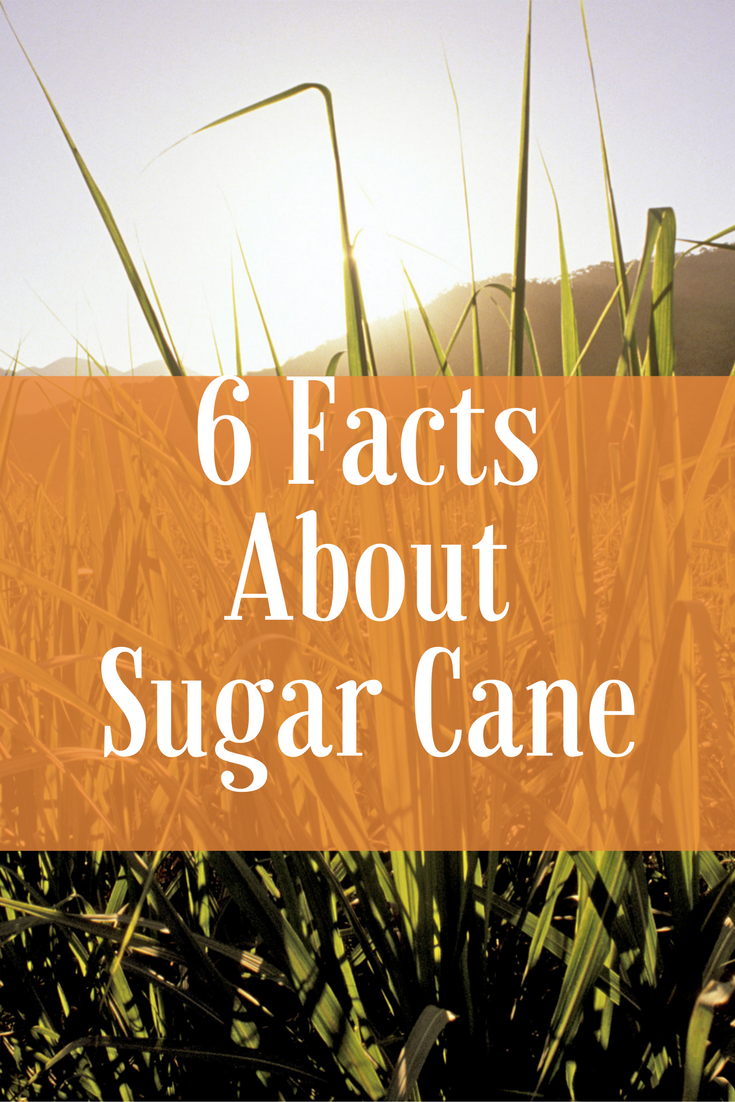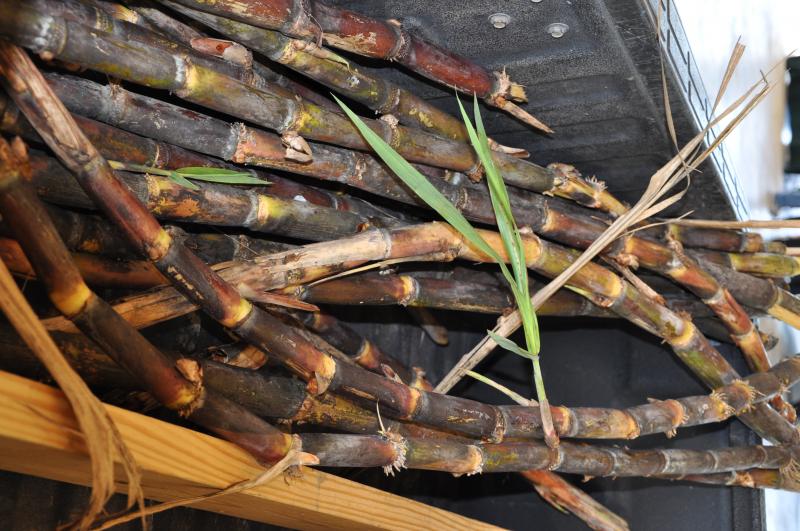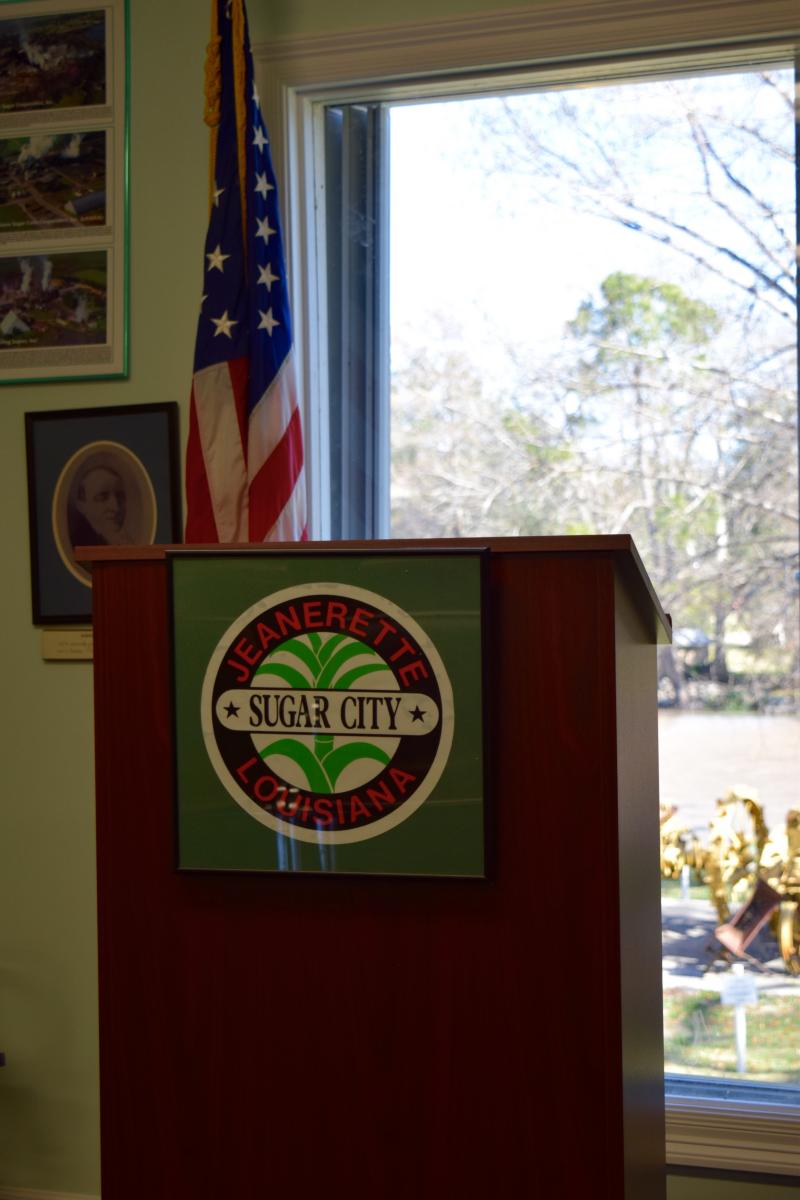
By Brittany Racca
The Louisiana Sugar Cane Festival will be back Sept. 21 – 24, 2023.
1. What is sugar?
Sugar, or sucrose, is a carbohydrate that occurs naturally in every fruit and vegetable in the plant kingdom. It is a major product of photosynthesis, the process by which plants transform the sun’s energy into food. Sugar occurs in greatest quantities in sugar cane and sugar beets from which it is separated for commercial use.
2015 Queen Sugar Sarah Saunier
2. Sugar beets vs. sugarcane
There is no difference in the sugar produced from either cane or beet. Sugar cane, a giant grass, thrives in a warm, moist climate, storing sugar in its stalk. The sugar beet grows best in a temperate climate and stores its sugar in its white root. Sugar from both sources is produced by nature in the same fashion as all green plants produce sugar – as a means of storing the sun’s energy.
Sugar Cane Stalks
3. Sugar Cane Production
During the refining process, the natural sugar that is stored in the cane stalk or beet root is separated from the rest of the plant material. For sugarcane, this is accomplished by
- Grinding the cane to extract the juice;
- Boiling the juice until the syrup thickens and crystallizes;
- Spinning the crystals in a centrifuge to produce raw sugar;
- Shipping the raw sugar to a refinery where it is
- Washed and filtered to remove impurities and color; and
- Crystallized, dried and packaged.
Beet sugar processing is accomplished in one continuous process without the raw sugar stage. The sugar beets are washed, sliced and soaked in hot water to remove the juice. The sugar-laden juice is purified, filtered, concentrated and dried in a series of steps similar to sugarcane processing.
4. Louisiana Sugar Cane
Sugar cane has been an integral part of the south Louisiana economy and culture for more than 200 years. When Jesuit priests first brought sugar cane into south Louisiana in 1751, little did they know that the foundation was being laid for an industry that now contributes $2 billion to the Louisiana economy. Today, Louisiana sugar cane yields range from 30 to 50 tons per acre, with recoveries ranging from 180 to 240 pounds of sugar produced from each ton of cane. For more information, visit LSU Ag Center.
5. Iberia Parish’s Industry
Iberia Parish is home to Jeanerette, whose nickname is “Sugar City.” Sugar cane has been the key factor in the community’s economic growth for the past 200 years and two active sugar mills still operate in the area. The Jeanerette Museum and the Bayou Teche Museum house sugar cane exhibits that detail the history of the industry in the parish.
6. Louisiana Sugar Cane Festival
The Louisiana Sugar Cane Festival on the fourth full weekend of September in New Iberia is the place to put some sweetness in your life. For more than 70 years, the festival has brought together sugar producing parishes to honor the sugar industry with royalty, delicious foods, Cajun entertainment and a great time. The annual event takes place in historic New Iberia.
For a complete list of events and times, visit HiSugar.org. Facts and stats courtesy of American Sugar Cane League.
If you enjoyed this blog, you may enjoy these:
- Short History of Sugar Cane in Louisiana
- 7 Questions to Ask Before Attending the Louisiana Sugar Cane Festival
- Quick Guide: Fall Festivals





